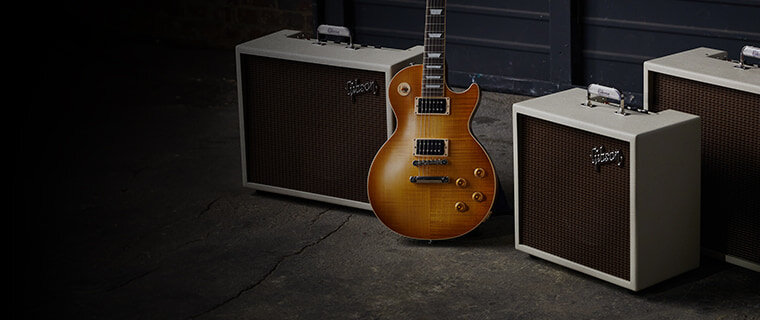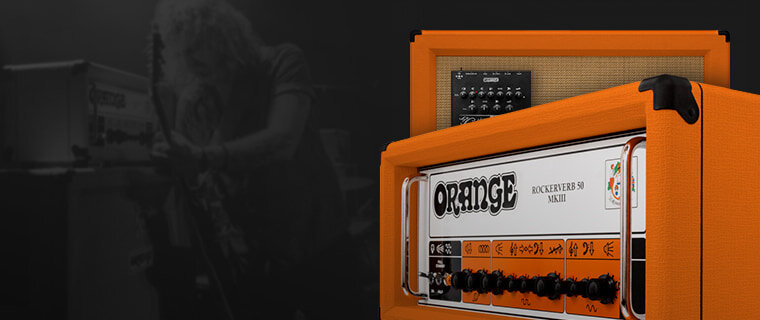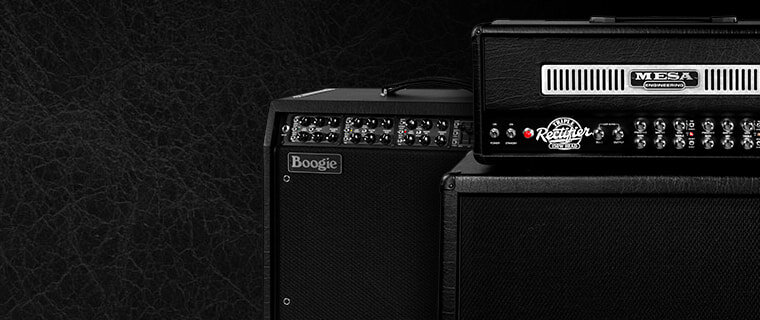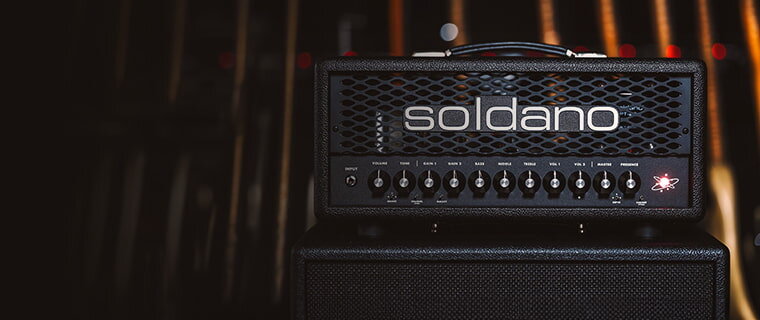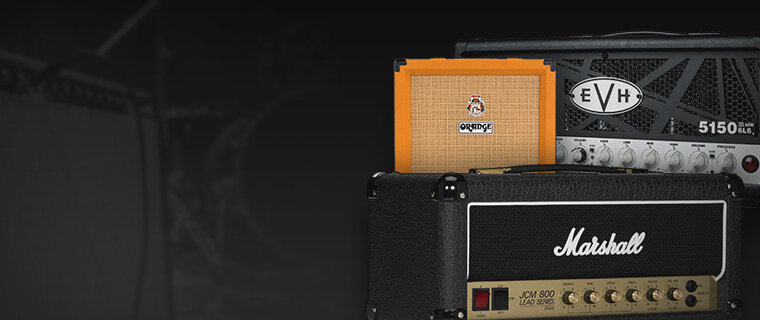Customer Kudos
"zZounds is the best place to purchase your instruments and gear. Staff is great and prices are always competitive."
March 18, 2024
-

EVH Eddie Van Halen 5150 Iconic Series Guitar Combo Amplifier (60 Watts, 2x12")
$1,099.99
- 12 x$91.67
- No Credit Check6 x$183.33
-
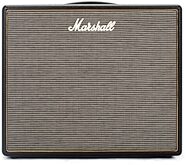
Marshall Origin50C Guitar Combo Amplifier (50 Watts, 1x12")
$799.00
- 12 x$66.58
- No Credit Check6 x$133.17
-

Fender Special Run Blues Junior Guitar Combo Amplifier (15 Watts, 1x12")
$799.99
- 12 x$66.67
- No Credit Check6 x$133.33
-

EVH Eddie Van Halen 5150 Iconic Series Guitar Combo Amplifier (15 Watts, 1x10")
$649.99
- 12 x$54.17
- No Credit Check6 x$108.33
-

-

Boss Katana-Artist MkII Guitar Combo Amplifier (100 Watts, 1x12")
$529.99
- 8 x$66.25
- No Credit Check6 x$88.33
-

Line 6 Catalyst 200 Guitar Combo Amplifier (200 Watts, 2x12")
$499.99
- 8 x$62.50
- No Credit Check6 x$83.33
-

Boss Katana-100 MkII Guitar Combo Amplifier (100 Watts, 1x12")
$379.99
- 8 x$47.50
- No Credit Check6 x$63.33
Tube or solid-state, analog or digital, multiple or single speaker, clean or overdrive-focused -- there are a lot of factors that go into choosing the right guitar amplifier. But that's why the iconic tones of guitar legends like Hendrix, Dick Dale, Santana, Nile Rodgers, and Dimebag Darrell are as diverse as they are compelling. Details like speaker model and tube type can have a dramatic impact on your sound, and it often pays to do a bit of experimentation or consult with a gear expert who has tried various types of amps in live and recording situations.
Analog vs. Digital
While the guitar amplifier was designed to simply raise the volume of the guitar to audible levels, most modern players quickly realize that their choice of amp is one of the most influential factors in tone. So if you know what sound you're going for, the best choice may be to purchase an amp known for doing a specific tone well. Want to experiment with many different tones? A digital modeling amp such as those available from Line 6 offers more versatility with a vast variety of built-in effects.
Stacks vs. Combos
Combo amps -- literally a "combination" of the speaker and amplifier built into one cabinet -- have been a popular choice since the inception of guitar amplification, and these days they're more popular than ever. Vacuum-tube-powered combos are deceptively loud for their size, and the warm sound of a cranked-up small tube combo has been used to great effect by countless blues and jazz guitarists, not to mention The Rolling Stones and U2. While cranking up a combo amp is a great way to achieve that classic sound of tube-and-speaker breakup (overdrive) with the added effect of small-cabinet resonance, combo amps are capable of many different tones. For example, Roland's Jazz Chorus line of solid-state combo amps is revered in the jazz world for crystal-clear highs and deep, undistorted lows.
Clean or Drive
Some amp companies like Fender and Vox make combos that are prized for their clean, non-overdriven tone, while brands like Mesa Boogie, Randall, and EVH are meant to be cranked into saturation. That said, both Fender and Vox amps have been used by certain artists for heavy, overdriven tones. Some producers famed for hard-rock guitars favor Fender and old Gibson amps in-studio for recording situations, yet Marshall and Orange are industry stalwarts when it comes to thick, overdriven and distorted guitar sound.
Amp Modeling
Pioneered by specialized companies like Line 6 -- with big names like Fender, Peavey, Marshall, and more jumping on board each year -- digital modeling amplifiers offer new levels of versatility, and open up new horizons for the guitar sounds of the future. Small, beginner-friendly modeling amps can be an excellent way to start getting familiar with all the electric guitar tones and effects out there, and what they're all called, while high-end models from Kemper and others offer professional sound and deep customization options. No longer simply toys, digital modeling amps are increasingly a serious option for all kinds of live and recording situations.
Analog vs. Digital
While the guitar amplifier was designed to simply raise the volume of the guitar to audible levels, most modern players quickly realize that their choice of amp is one of the most influential factors in tone. So if you know what sound you're going for, the best choice may be to purchase an amp known for doing a specific tone well. Want to experiment with many different tones? A digital modeling amp such as those available from Line 6 offers more versatility with a vast variety of built-in effects.
Stacks vs. Combos
Combo amps -- literally a "combination" of the speaker and amplifier built into one cabinet -- have been a popular choice since the inception of guitar amplification, and these days they're more popular than ever. Vacuum-tube-powered combos are deceptively loud for their size, and the warm sound of a cranked-up small tube combo has been used to great effect by countless blues and jazz guitarists, not to mention The Rolling Stones and U2. While cranking up a combo amp is a great way to achieve that classic sound of tube-and-speaker breakup (overdrive) with the added effect of small-cabinet resonance, combo amps are capable of many different tones. For example, Roland's Jazz Chorus line of solid-state combo amps is revered in the jazz world for crystal-clear highs and deep, undistorted lows.
Clean or Drive
Some amp companies like Fender and Vox make combos that are prized for their clean, non-overdriven tone, while brands like Mesa Boogie, Randall, and EVH are meant to be cranked into saturation. That said, both Fender and Vox amps have been used by certain artists for heavy, overdriven tones. Some producers famed for hard-rock guitars favor Fender and old Gibson amps in-studio for recording situations, yet Marshall and Orange are industry stalwarts when it comes to thick, overdriven and distorted guitar sound.
Amp Modeling
Pioneered by specialized companies like Line 6 -- with big names like Fender, Peavey, Marshall, and more jumping on board each year -- digital modeling amplifiers offer new levels of versatility, and open up new horizons for the guitar sounds of the future. Small, beginner-friendly modeling amps can be an excellent way to start getting familiar with all the electric guitar tones and effects out there, and what they're all called, while high-end models from Kemper and others offer professional sound and deep customization options. No longer simply toys, digital modeling amps are increasingly a serious option for all kinds of live and recording situations.
